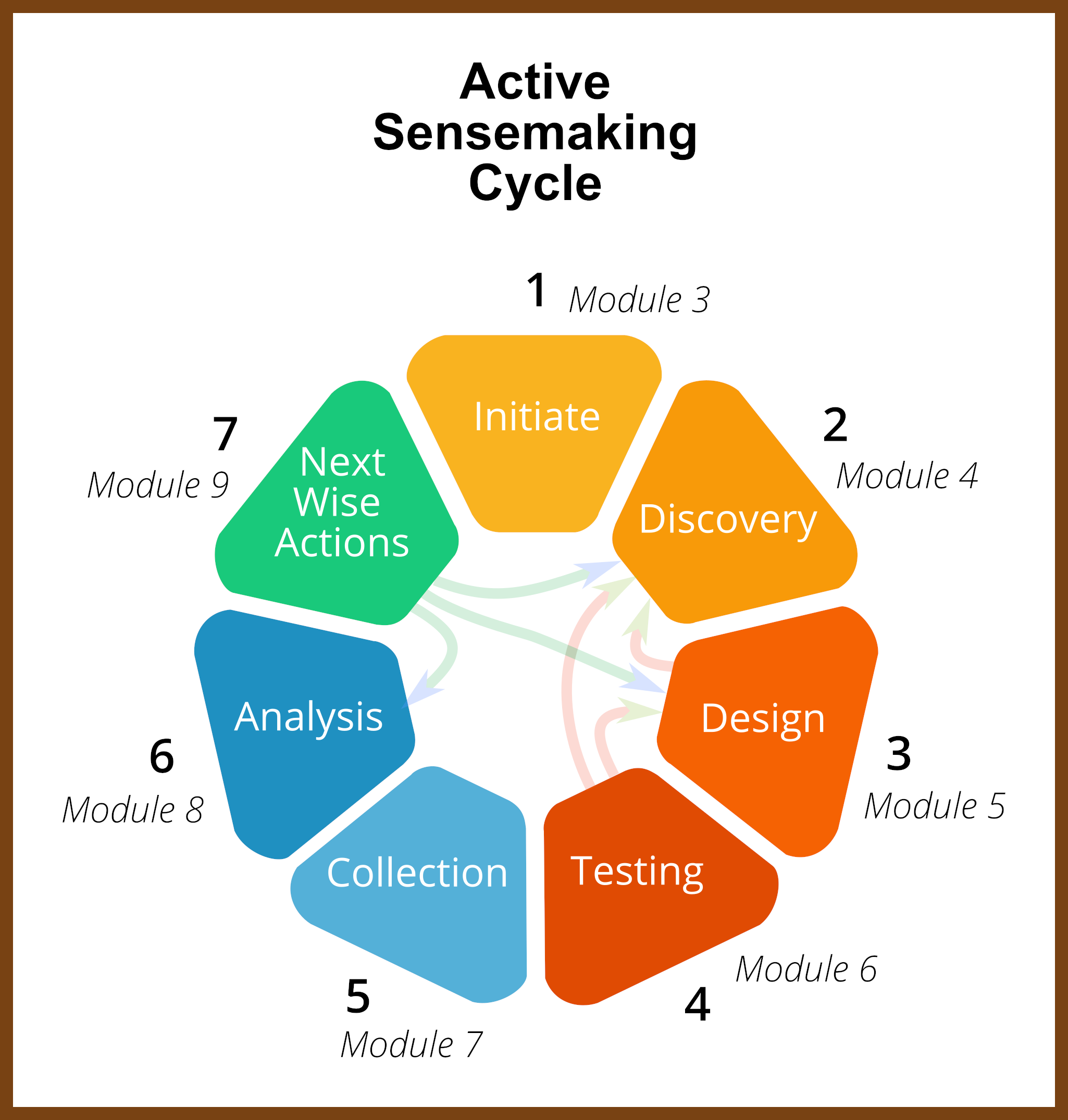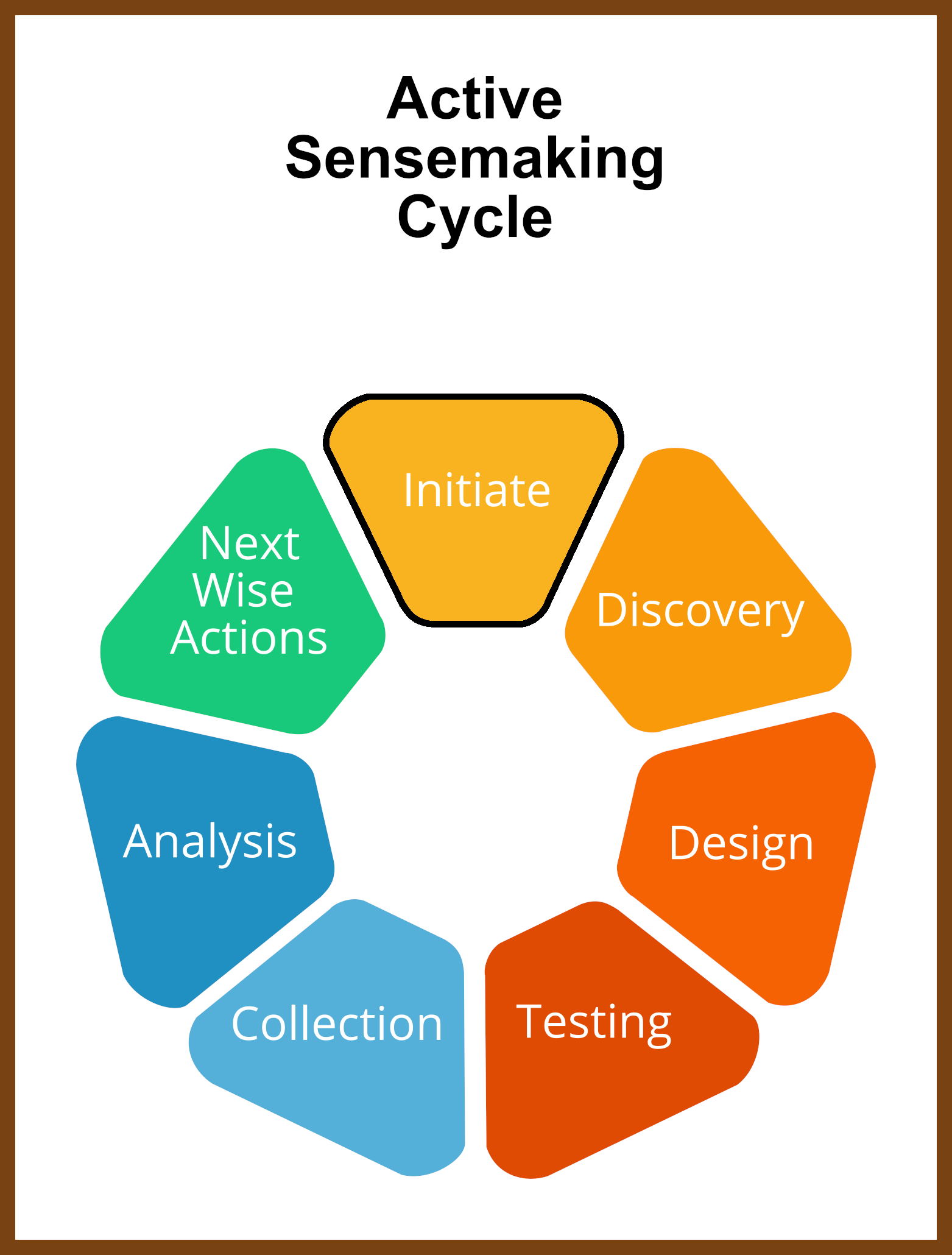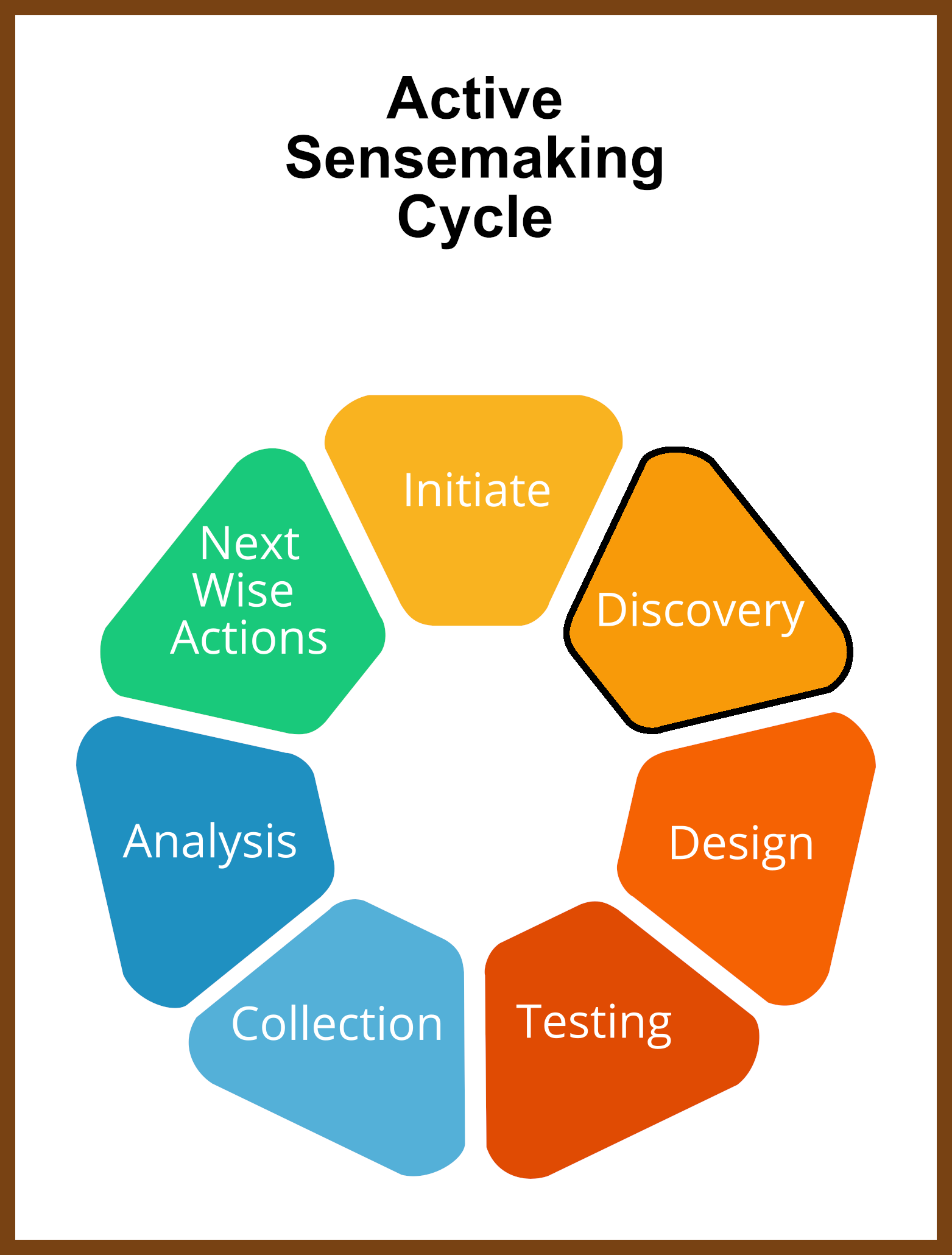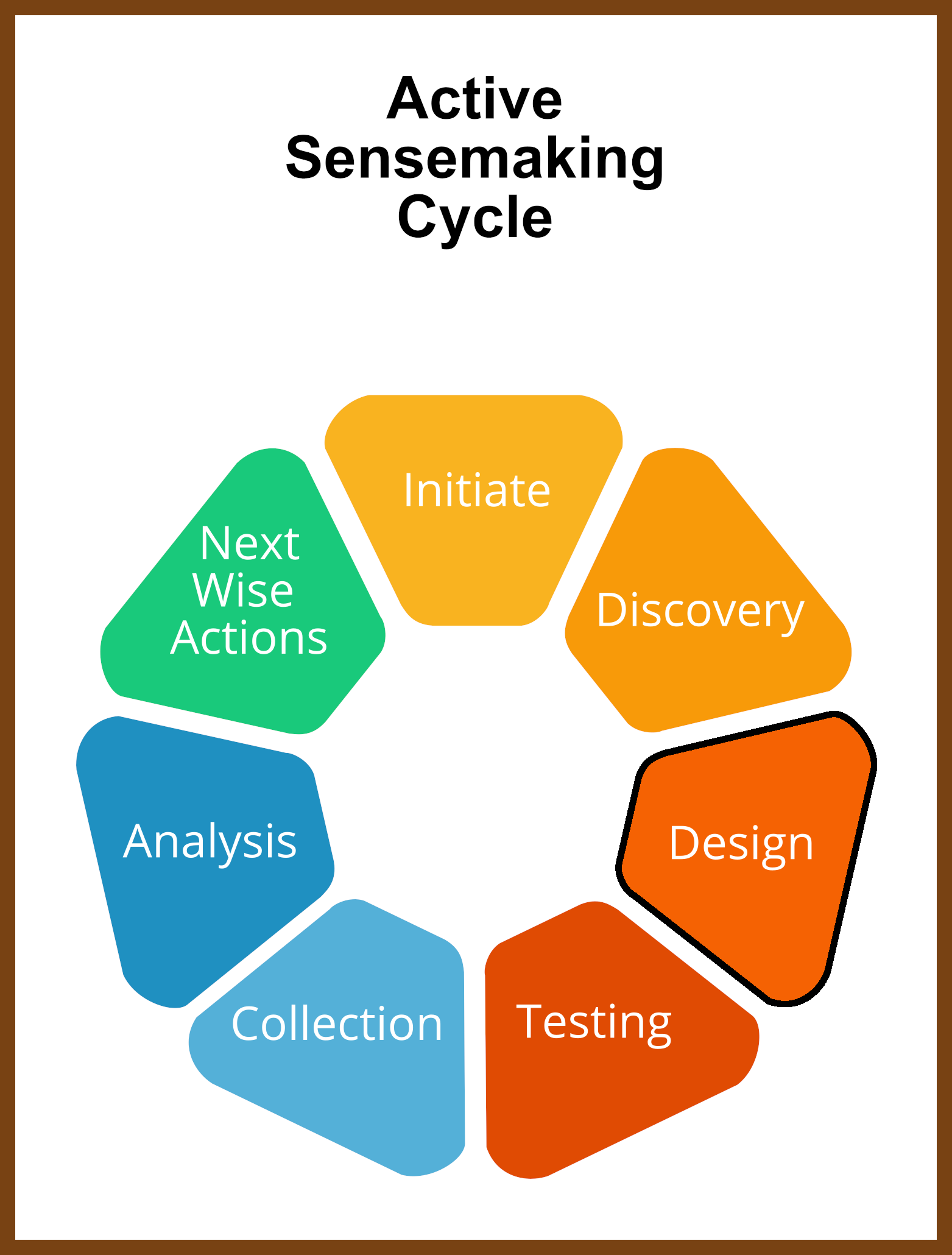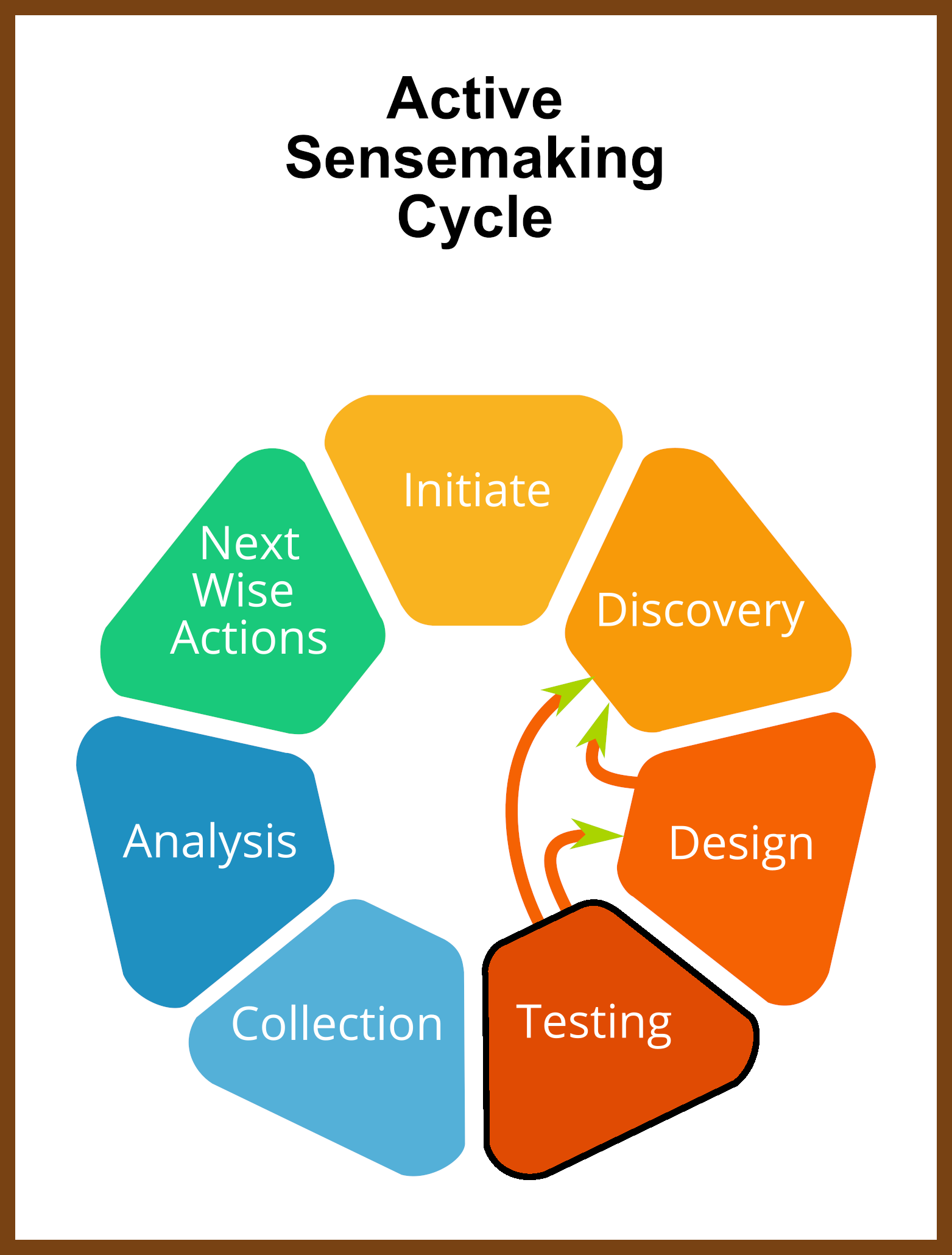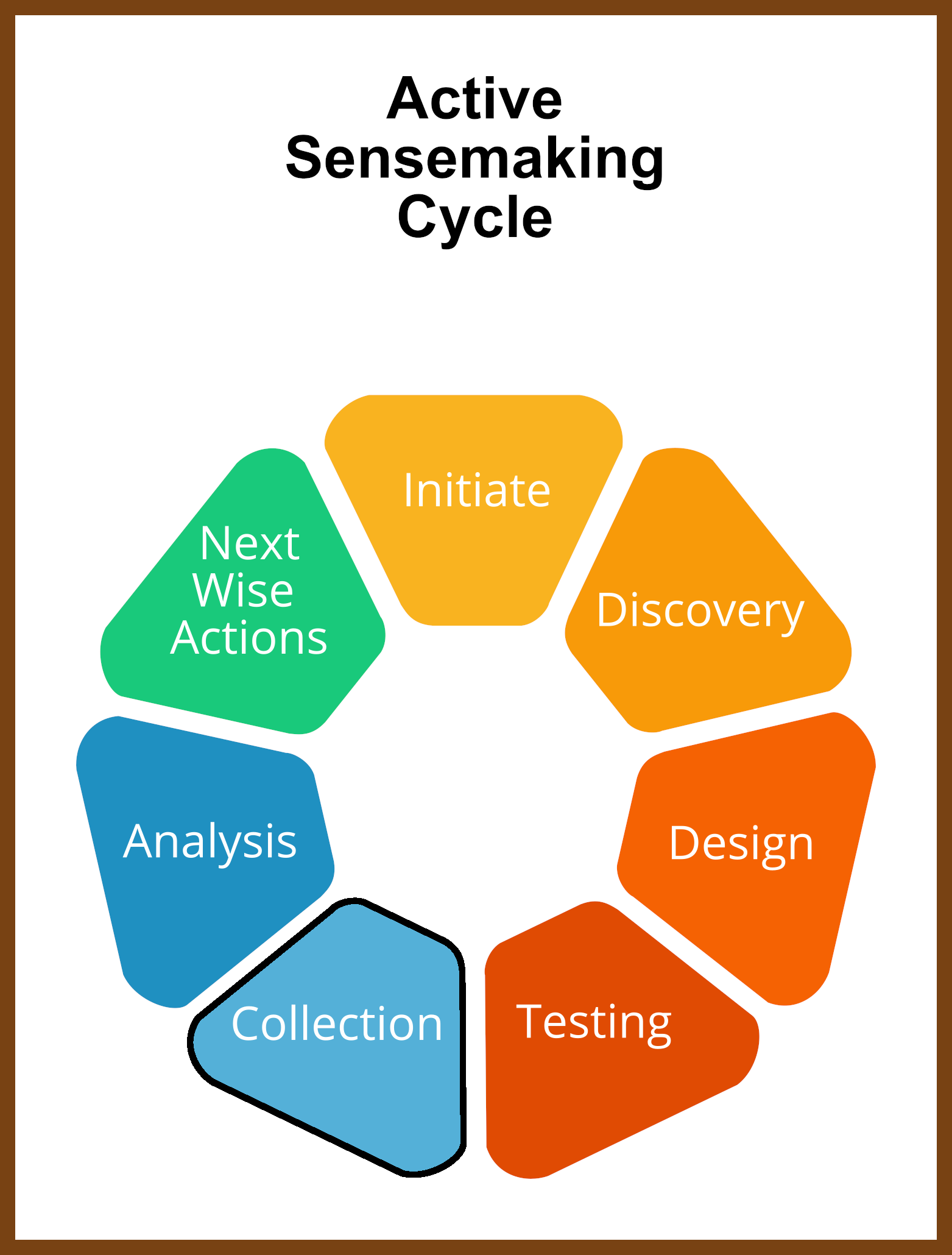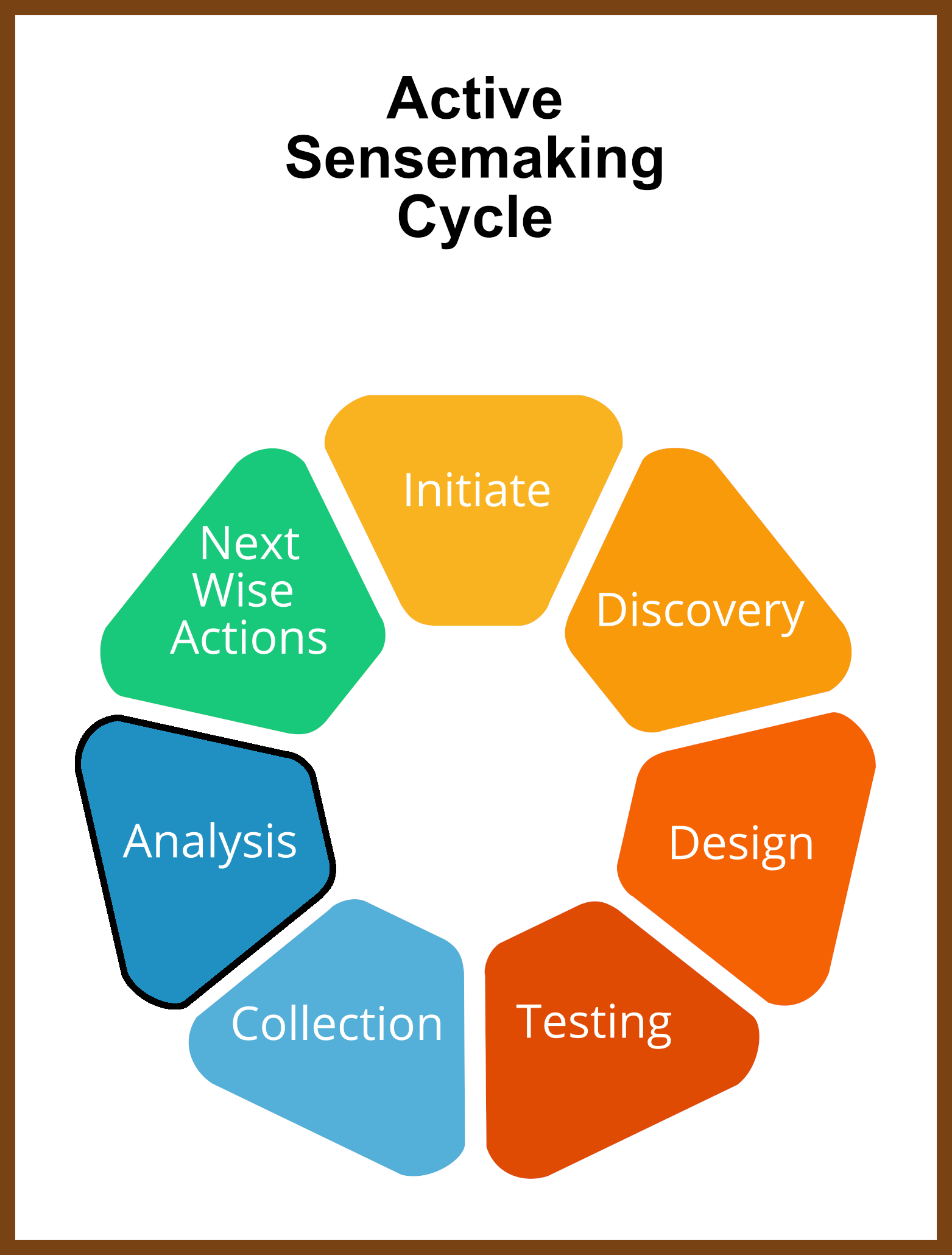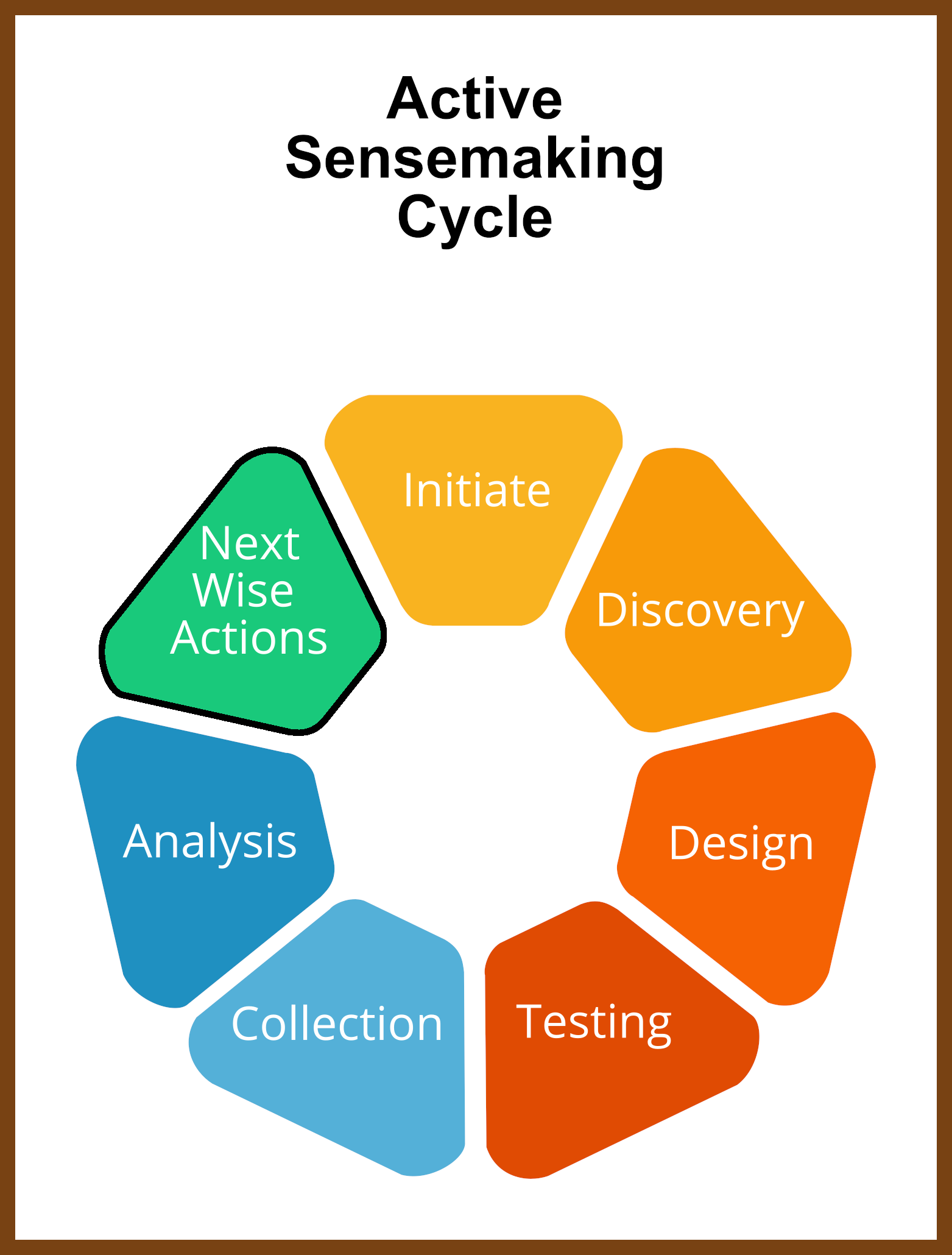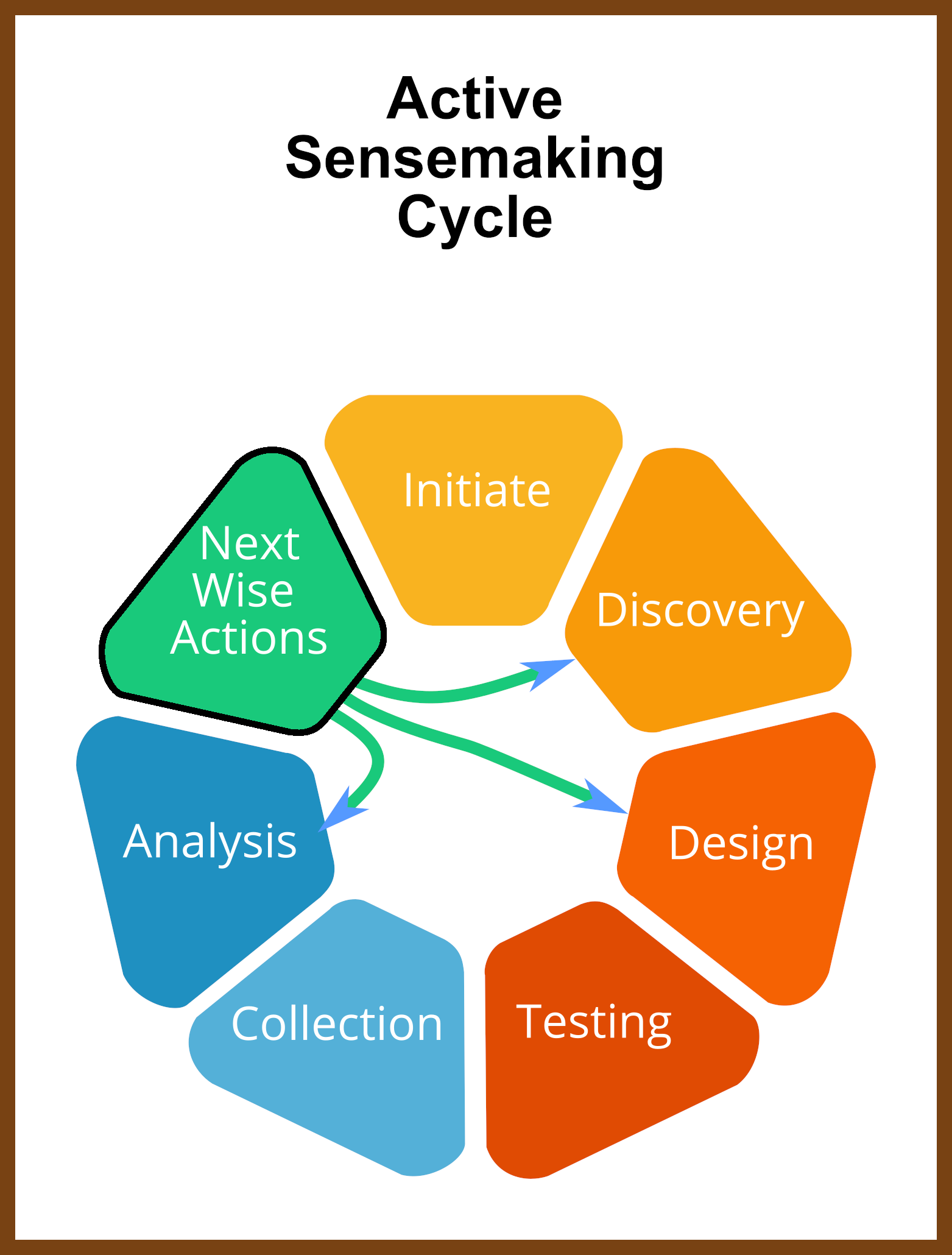Welcome to the Active Sensemaking Community website!
We invite you to put on new lenses to see the world in new ways. Join us to learn and improve ways to help people better navigate together in the complex yet fascinating world of human systems.ActiveSensemaking.com exists to support the development of theory and practice in complexity frameworks. Development of the field depends on members’ ability to share information easily while sustaining the value of personal and institutional investment required to generate and express innovative ideas. This Intellectual Property Policy is designed to establish conditions that meet both of these needs for members and for ActiveSensemaking.com.
Materials distributed through on-line conversations, voice or in-person conversations, email, or attached word processing or text documents will be considered INFORMAL communications. Contents of such documents will be considered the property of the writer. Out of respect for each other and expectation that value will be given for value, members will be expected to acknowledge sources for ideas that appear in informal documents.
Materials that are distributed in .pdf format will be considered FORMAL communications. They will be owned by the author and should be cited formally in any reuse by other members or by ActiveSensemaking.com itself.
Materials published by ActiveSensemaking.com, including books, journal articles, newsletter articles, and white papers, will be considered PUBLISHED materials. The authors will retain copyright for the published materials, and ActiveSensemaking.com will have license to extract from or reproduce them in any variation throughout the life of ActiveSensemaking.com.
Materials that carry the ActiveSensemaking.com copyright are considered “open source” materials and are available to others to be used “with permission.” Associates and others who attend ActiveSensemaking.com sponsored events or obtain our materials off the website are granted informal permission to use materials in their own work with only two requirements:
- Users are asked to use appropriate citations to document the materials as being created by ActiveSensemaking.com.
- Users are asked to share their own learning and insights back into the Network for the benefit of others who can benefit from that expanded knowledge.
All Associates and staff of the ActiveSensemaking.com are accountable to conform to this policy and to enforce it in all their interactions.
All human beings live and breathe, and are born and die within an intricate, interlocking, and multi-faceted web of human systems. Families, friends, enemies, tribes, formal and informal associations, nations, organizations of diverse kinds, suppliers of goods and services, customers and clients—the list goes on and on and the possible combinations are, quite literally, infinite. Each and all of these relationships have its own layers—networks within networks, systems within systems. Our human system on the earth is, in fact, a vast complex adaptive system. Then add to the mix the complexity that human beings bring through their individual and collective agency and identities. Each person plays their various roles as ‘wholes’ and ‘parts’ within that web of relationships and systems. This kind of system is called a complex adaptive system or VUCA (Volatile, Uncertain, Complex, Ambiguous) situation.
Many (perhaps most) human system problems and challenges are complex, especially in this generation when globalization and technology speed up and complexify local and regional dynamics. Organizations, researchers, governments, and individuals are recognizing that so many problems are much more complicated than previously recognized. This has led to new sciences, disciplines, and practices focused on complexity and how to help organizations and communities thrive in complexity.
“Active Sensemaking” is one method and practice that was developed in the last decade to help with this.

